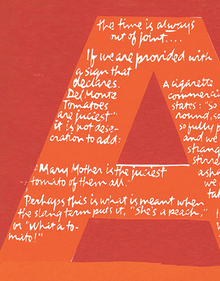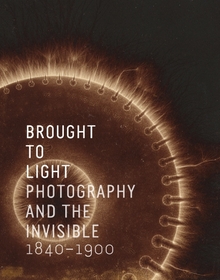Shadows of Reality
WARNING
You are viewing an older version of the Yalebooks website. Please visit out new website with more updated information and a better user experience: https://www.yalebooks.com
The Fourth Dimension in Relativity, Cubism, and Modern Thought
Tony Robbin
In this insightful book, which is a revisionist math history as well as a revisionist art history, Tony Robbin, well known for his innovative computer visualizations of hyperspace, investigates different models of the fourth dimension and how these are applied in art and physics. Robbin explores the distinction between the slicing, or Flatland, model and the projection, or shadow, model. He compares the history of these two models and their uses and misuses in popular discussions. Robbin breaks new ground with his original argument that Picasso used the projection model to invent cubism, and that Minkowski had four-dimensional projective geometry in mind when he structured special relativity. The discussion is brought to the present with an exposition of the projection model in the most creative ideas about space in contemporary mathematics such as twisters, quasicrystals, and quantum topology. Robbin clarifies these esoteric concepts with understandable drawings and diagrams.
Robbin proposes that the powerful role of projective geometry in the development of current mathematical ideas has been long overlooked and that our attachment to the slicing model is essentially a conceptual block that hinders progress in understanding contemporary models of spacetime. He offers a fascinating review of how projective ideas are the source of some of today’s most exciting developments in art, math, physics, and computer visualization.
"Robbin’s insights may well be among those that lead our scientific, artistic, and general society to new understandings of our world."—Charles H. Scheim, Hartwick College
"Robbin’s discussion of Picasso’s summer 1910 painting, Seated Woman with a Book, is exciting and brand new."—Jan Schall, The Nelson-Atkins Museum of Art
"Shadows of Reality is a high-energy ride through hyperspace. Robbin exercises his preference in favor of understanding higher dimensional spaces via projection and projective geometry. His tour starts at the beginning of the twentieth century with special relativity and ideas of four-space and moves on to the advent of cubism, the emergence of quantum theory, quasi-crystals, the spin network and twistor theories of Roger Penrose, modern views of quantum non-locality, and the geometry and topology of higher category theory."—Louis H. Kauffman, author of Knots and Physics
"So what is this book? It is a combination of art, history of art, science and mathematics and their respective histories; it is philosophy and it is enlightening."—Scott Carter, University of South Alabama
“Robbin dissects the Cubist revolution and reveals the mathematical method underlying its juxtapositions, bringing to light how Picasso, Braque, et. al., derived their subversive style from geometric discoveries of the previous half-century. . . . Art, math, physics, history and computer graphics all in the same book. This splendid volume is an outstanding contribution . . . by an innovative artist who himself is part of the story.”— Paul Halpern, Philadelphia Inquirer
"A fascinating flythrough of the diverse, intellectually rigorous climes in which Robbin finds tracks and traces of hyperspace. . . . The panorama he sketches in Shadows of Reality is rich and fascinating."—Science
“Robbin’s book is a provocative, illuminating adventure in a realm of many surprises, offering novel insights into both math and art history. He champions the powerful role that projective geometry, in particular, has played in the development of modern art, science, and math.”—Ivars Peterson, Science News
“Tony Robbin traces the development of fourth-dimension imagery, from its origins in mathematical diagrams through Cubist painting and recent computer-generated representations. . . . Robbin’s book . . . offers the reader a rewarding and evocative look at a too often neglected confluence of math, science and art.”—David Ebony, Art in America
Publication Date: March 31, 2006
90 b/w + 8 color illus.








